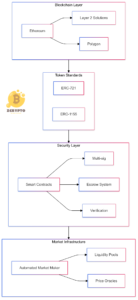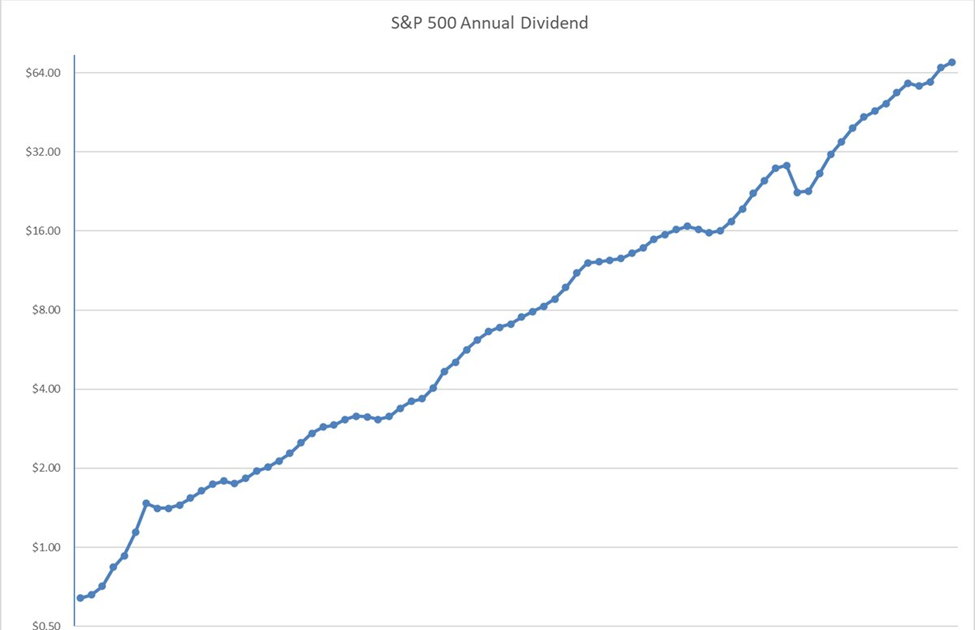It’s fascinating that US Dividends rarely decrease.
They have gone up every year, for over 80 years.
The only decreases in US dividend payments in the past eight
decades or so have been only during major recessions like 2008.
You can see that the dividend income stream is very stable,
whereas share prices do fluctuate a lot above and below any reasonable estimate
for intrinsic fair value. Hence, my retirement strategy is focusing on
generating a certain amount of dividend income, and not achieving a certain
amount of worth.
After all, dividends are easier to predict and rely upon. It
is hard to estimate what future stock prices will be.
This of course assumes you hold a diversified portfolio of
US Equities. Overall dividend payments
in a diversified portfolio increase, because the number of dividend increases
each year outweighs any dividend cuts
That chart above accounts all the cuts out there. But there
were so many other companies that increased dividends, that overall income
still increased.
You can view the number of dividend increases for S&P
500 companies versus dividend initiations, dividend decreases and dividend
suspensions over the past 20 years below:
It clearly shows that dividend increases outnumber dividend
decreases. Even during the largest recession since the Great Depression.
US Dividends have also increased faster than inflation as
well.
You can see that dividends are more stable, predictable and
thus easier to rely upon as a source of income in retirement. On a portfolio
level, and individual security level, I can predict how much dividend income I
will generate in the next year. However, I cannot predict how much the prices
of my portfolio would be in an year. Hence, why I focus on the stability of the
dividend income stream.
As you know, I do a lot of work on security selection, in
order to ensure my portfolio is built from a solid base. I do focus on
fundamentals and valuation when I add companies to the portfolio. Once I buy a
security, I hold for as long as the dividend is not cut or the security is
acquired. That could mean that I hold a security for 1 year or 50 years.
I usually ignore share price fluctuations, but focus on
fundamentals. Since dividends are more stable and reliable and predictable than
share prices, I focus on the dividend and ignore the share price. One exception
is if I want to take advantage of low valuations to pounce on an opportunity.
I could not care less if my retirement portfolio value
fluctuates above a certain amount or below it.
I care about the amount of dividend income I can safely
generate from my portfolio, which grows over time.
As long as I generate enough dividend income to pay for my
expenses, I am a happy camper.
Let me give you an example, before I move on to the list of
companies I bought this month:
During the Global Financial Crisis, shares of Coca-Cola $KO
fell from $31 in 2007 to $19 in 2009.
Yet, the quarterly dividend increased from $0.17/share in
2007, to $0.19/share in 2008 to $0.205/share in 2009.
This is why I focus on dividends and ignore share prices.












